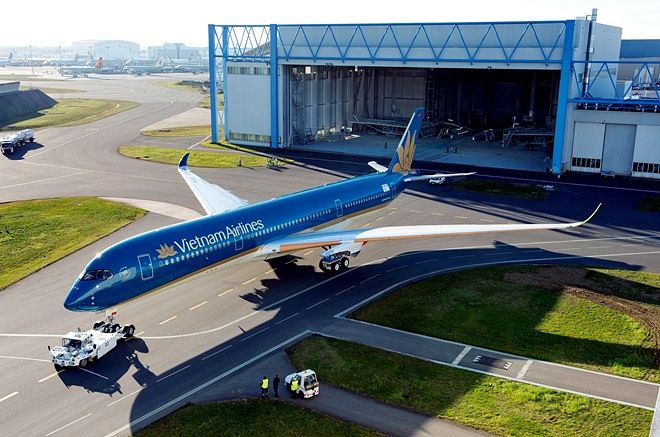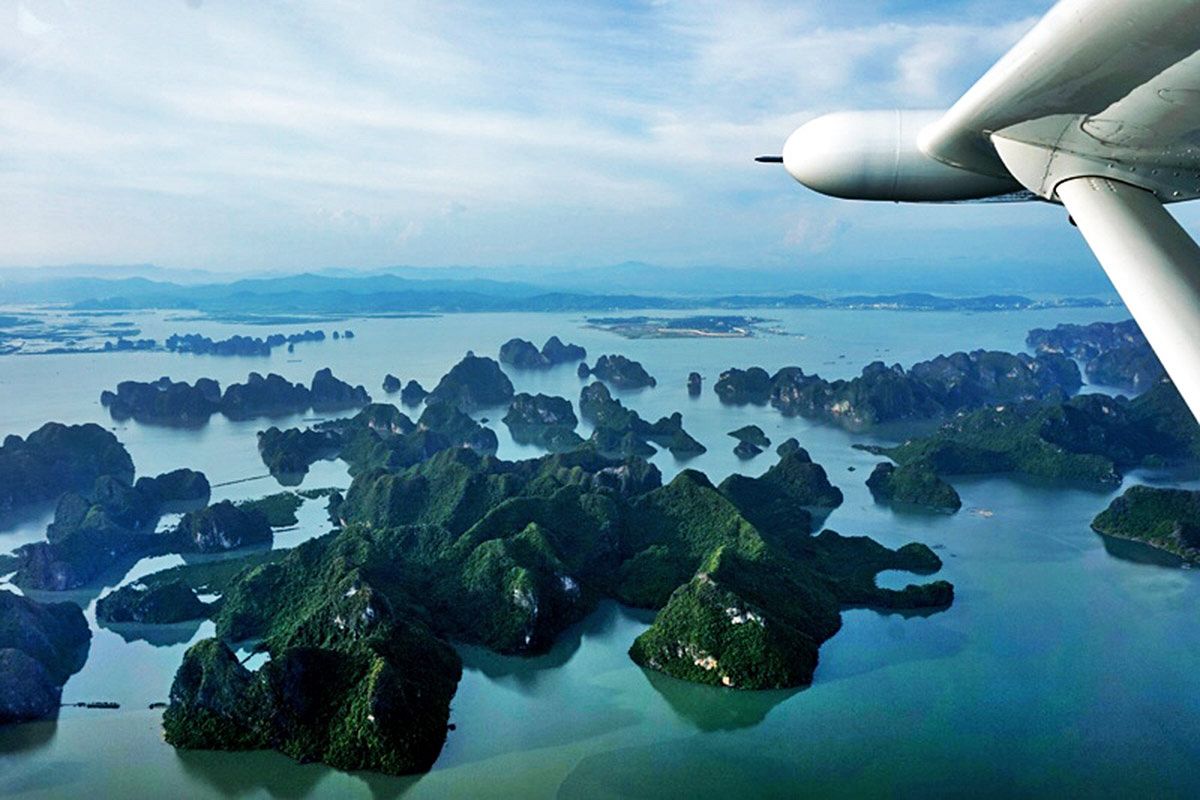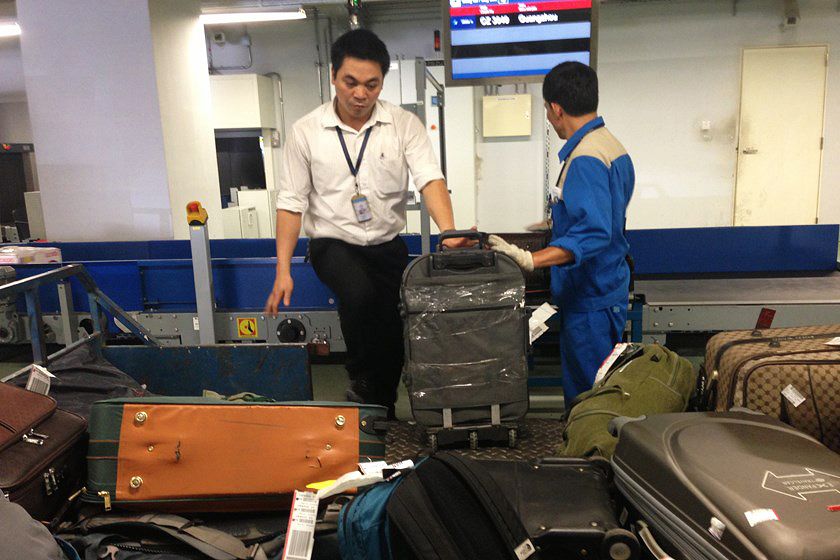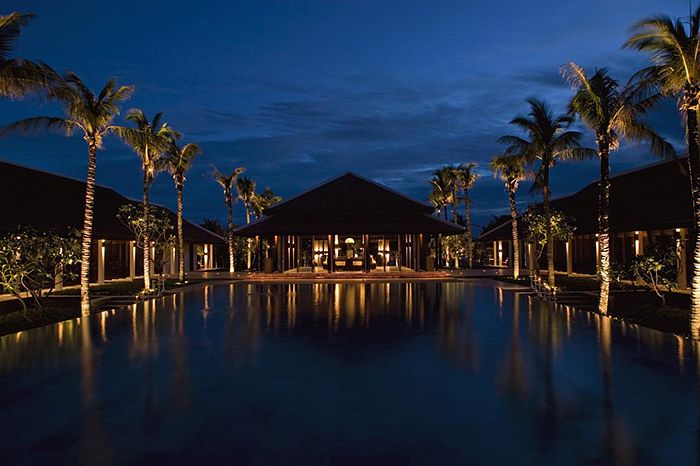Vietnam Airlines has been working hard to position itself as one of the region’s premier carriers by 2020. So far, it looks like everything’s going according to plan.
Related Articles:
- [Video] Inside Vietnam Airlines' Sexy New 787-9 Dreamliners
- Vietnamese Airlines May Soon Offer Direct Flights To The U.S.
- [Photos] Introducing Vietnam Airlines’ First A350-XWB Aircraft
With other local carriers such as Malaysia Airlines and Thai Airways experiencing financial difficulties, Vietnam’s state-run airline has found itself in a fortuitous situation wherein it’s long-planned fleet expansion will coincide with a window to "...gain significant market share and inch closer to its goal of regional domination," writes the Airline Reporter.
The airline, part of the SkyTeam Alliance, currently operates a full-service schedule to 52 destinations in 17 countries, with an active fleet of 77 aircraft. By 2020, Vietnam Airlines will add 33 new fuel-efficient long-range aircraft - 19 Boeing 787-9 Dreamliners and 14 Airbus A350-900s.
The first of these planes will be delivered this year and will initially enter service on flights between Hanoi-London and Hanoi-Paris.
More importantly, both aircraft would give the airline the ability to offer non-stop service to North America for the first time. When it went public last year, the carrier announced its intention to launch a direct route between Saigon and Los Angeles with similar plans for San Francisco, Washington DC and Vancouver, Canada.
Beyond the extended range provided by the new aircraft are the amenities necessary for passengers to endure long flights. Both the 787 and A350 offer universal power outlets, individual high-definition touchscreen AVOD entertainment, and available inflight WiFi access for all classes.

First class on the new Boeing 787.
Amid its plans for international expansion, Vietnam Airlines has also been shoring up its short-haul coverage with 58 new Airbus A321s that have replaced older Fokker 70s, Airbus A320s and A321s. The new equipment has allowed the airline to reduce maintenance costs and improve the customer experience.
If everything falls into place over the next few years, the carrier could become the second-largest carrier in Southeast Asia, behind only Singapore Airlines.














